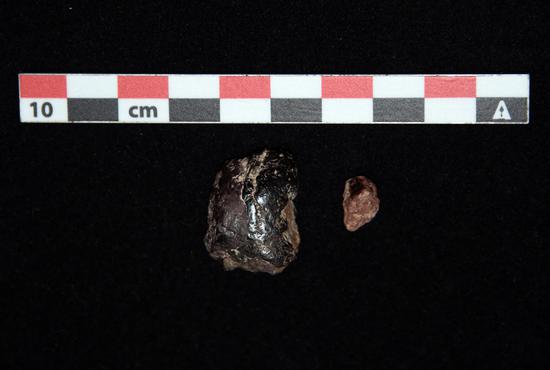Chinese scientists and engineers will need to solve a host of technological challenges to accomplish an ambitious sample-return mission to Mars, said Wu Weiren, a key figure in the country's deep-space exploration program and also a top political adviser.
A senior scientist with the China National Space Administration and academician of the Chinese Academy of Engineering, Wu said the mission, which is being planned, will likely involve several steps that resemble procedures in China's Chang'e 5 lunar mission.
First, a landing capsule will touch down on the Martian surface and collect and seal samples. Next, it will lift an ascender to transfer the samples to a spacecraft orbiting Mars, and then the orbiter will release a reentry craft to carry the samples back to Earth.
"The spacecraft for a sample-return mission to the Red Planet will be much heavier than lunar probes as it will carry a greater amount of fuel to fly a very long distance," Wu said on the sidelines of the fifth session of the 13th National Committee of the Chinese People's Political Consultative Conference.
"Therefore, we need to build a powerful carrier rocket to transport the spacecraft."
According to the China Academy of Launch Vehicle Technology in Beijing, the country's major rocket maker, its engineers are developing a super-heavy rocket named Long March 9 for the nation's prospective manned lunar programs and other deep-space expeditions.
China started its first independent Mars mission-Tianwen 1-in July 2020. The probe landed a rover on the Martian surface in May last year.
The 1.85-meter-tall, 240-kilogram rover, named Zhurong, has now worked on the Martian surface for nearly 10 months-far outliving its three-month life expectancy.
The rover, which has traveled more than 1,600 meters, has transmitted a great deal of scientific data, video clips and pictures taken en route to its destination-an ancient coastal area on the Red Planet.
"In the long run, we want to send spacecraft to explore the rim of our solar system, which is about 15 billion kilometers from us, before 2049, the year to mark the centenary of the People's Republic of China," Wu said.


















































 京公网安备 11010202009201号
京公网安备 11010202009201号